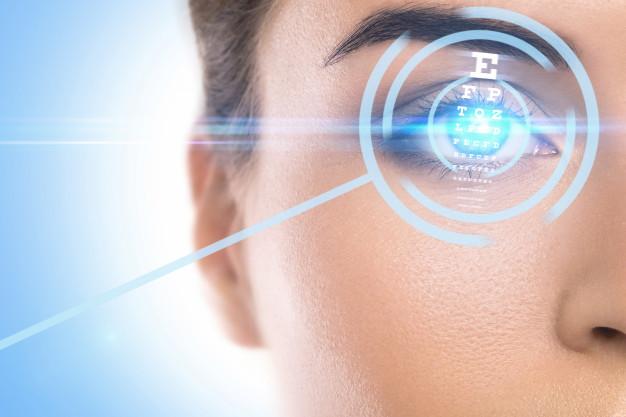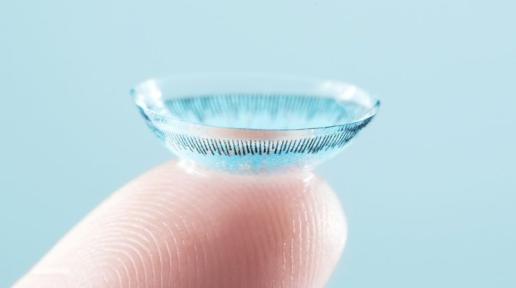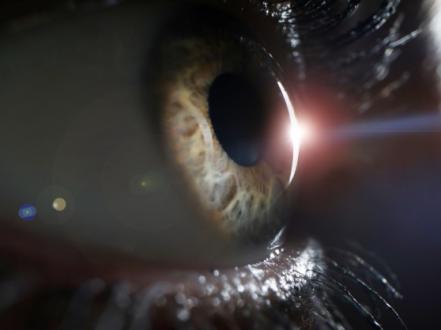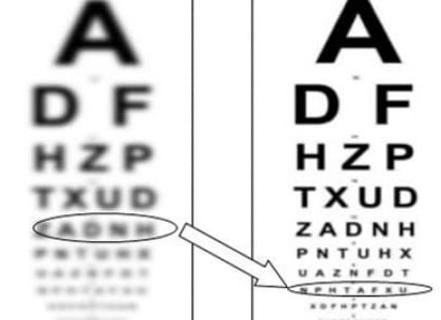The concept of "visual acuity" answers the question of how many lines a person sees at a distance when looking at the eye test table. A healthy eye should see 10 lines without glasses.
In Ukraine, it is common to measure visual acuity in the so-called "decimal scale", or sometimes they say "in percent".
- Sterling vision is 1.0 or 100% visual acuity.
- Low vision may be at the level of 0.7, 0.5, etc.
- A person has vision 1.0, when he can clearly read the tenth line on the table of vision measurement, or a text similar in size in the case of an electronic projector.
- If a person can read only 5 lines, this means that the visual acuity is 0.5 or 50%. This indicates a reduced visual acuity.
- Some people can see more than 10 lines, and then they have a visual acuity of 1.2 or higher.
Vision acuity is usually measured for "distance" or at a distance of 5-6 meters and for "near" or at a distance of 35-50cm, depending on the usual distance for reading. Separate test objects are used to measure near visual acuity. Usually it is a special text of different sizes.
What is normal visual acuity?
The normal visual acuity is 1.0 for distance vision and 1.0 for near vision.
But this visual acuity is very rare due to the high prevalence of refractive errors and diseases of the eyes.
Therefore, there are certain limits in which visual acuity is not "normal", but sufficient for a certain human functioning. For example, in Europe, to obtain a driver's license, a person needs a distance vision acuity NOT lower than 0.6.
And for reading, the standard font may be enough visual acuity of 0.5.
The table shows the classification of the degree of vision loss in accordance with acuity, according to the standards of the International Council of Ophthalmology, which was adopted in Sydney at the 29th International Congress of Ophthalmology in April 2002
Optical power of glasses
But if a person does not see 10 lines, it is most often a refraction error:
- nearsightness or myopia, which is corrected by using glasses or contact lenses of "minus power" - for example, "minus 2", which indicates that a person has -2 dioptres;
- farsightedness or hyperopia, which is corrected by using glasses or contact lenses with "plus power" - for example +3 dioptres.
These refractive errors can be accompanied by astigmatism, when the cornea is irregularly shaped. Astigmatism may also be an independent disorder, and is also measured in diopters.






